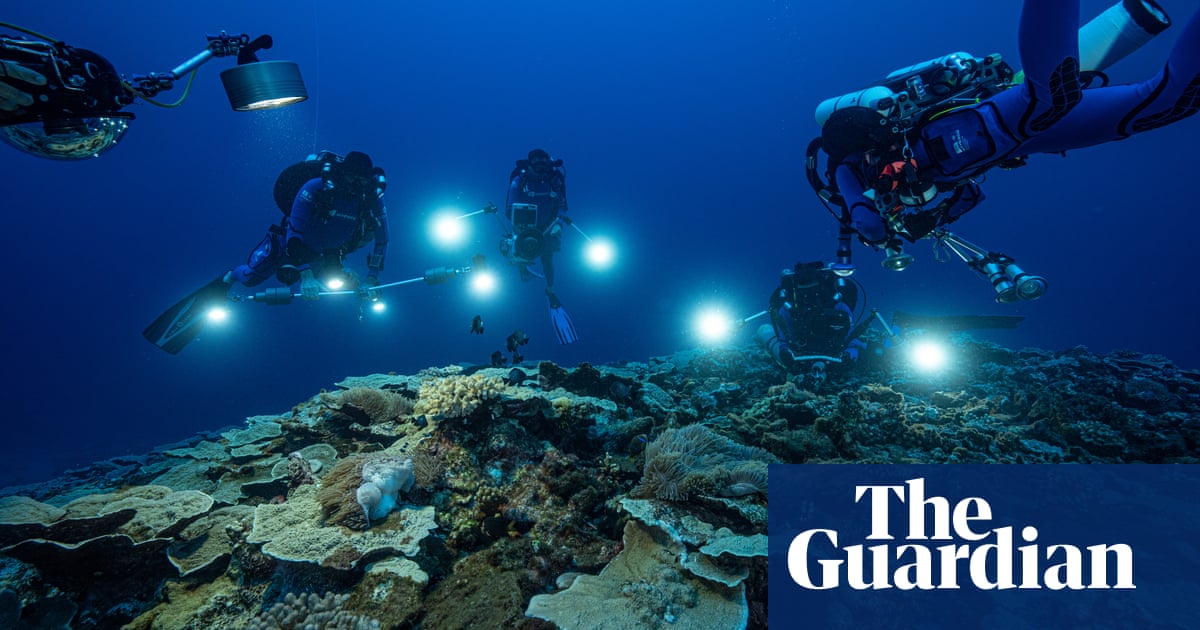Large numbers of fungi have been found living in the twilight zone of the ocean, and could unlock the door to new drugs that may match the power of penicillin.
The largest ever study of ocean DNA, published by the journal Frontiers in Science, has revealed intriguing secrets about the abundance of fungi in the part of the ocean that is just beyond the reach of sunlight. At between 200 metres and 1,000 metres below the surface, the twilight zone is home to a variety of organisms and animals, including specially adapted fish such as lantern sharks and kitefin sharks, which have huge eyes and glowing, bioluminescent skin.
“Penicillin is an antibiotic that originally came from a fungus called Penicillium so we might find something like that from these ocean fungi,” said Fabio Favoretto, a postdoctoral scholar at the Scripps Institution of Oceanography at the University of California, San Diego. The twilight zone is characterised by high pressure, a lack of light and cold temperatures, which presents an extreme environment “where fungi might exhibit unique adaptations”, he added. “That could potentially lead to the discovery of new species with unique biochemical properties.”


